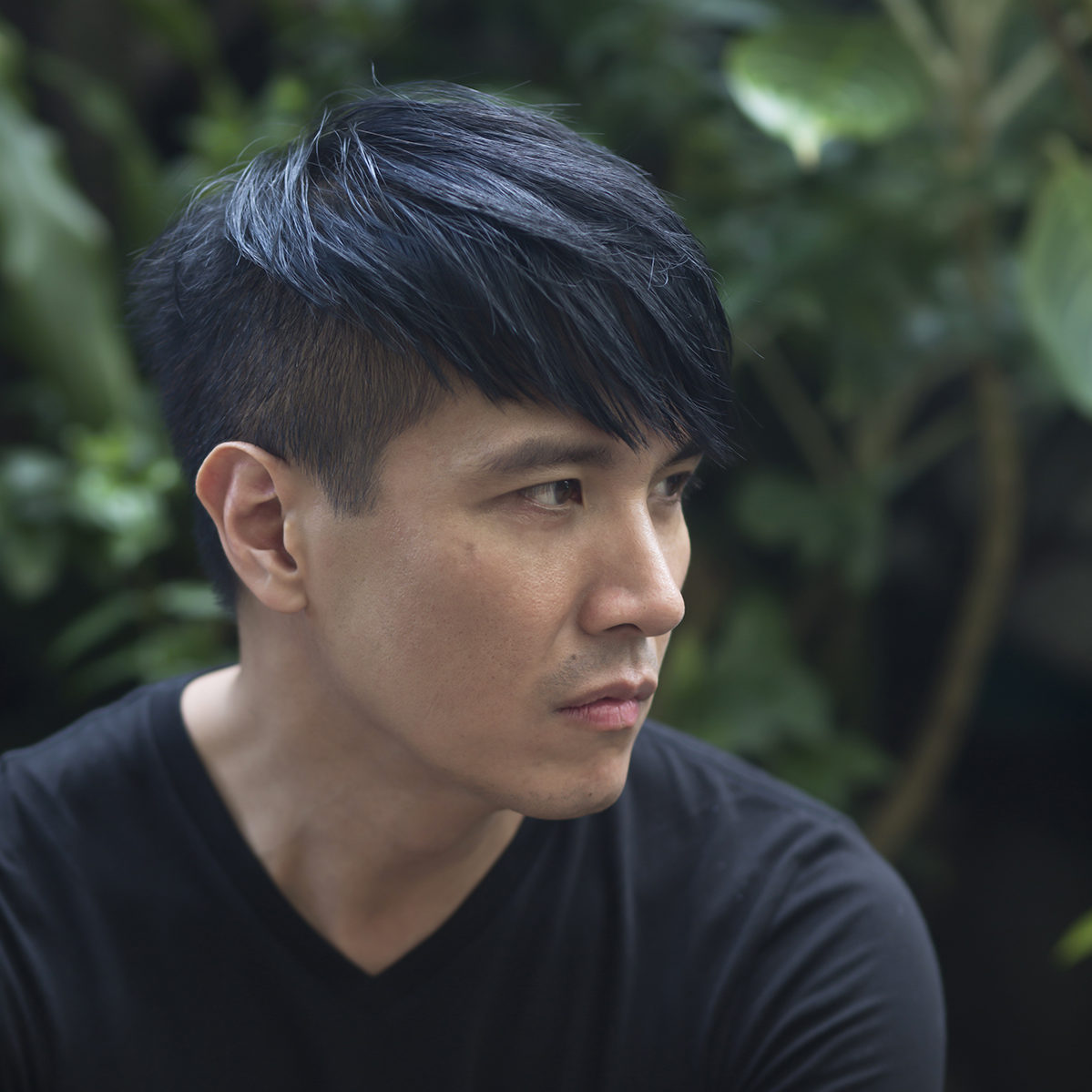Noism, a company led by choreographer Jo Kanamori (former member of NDTII, Lyon Opera and Goteborg Ballet) is the first resident dance company in Japan at the Ryutopia Niigata City Performing Arts Centre, funded by the city of Niigata in northern Japan.
Noism 1, the main company, and Noism 2 now have more than 20 dancers. They have recently toured to Spain and are considered one of the leading contemporary companies in Japan.

Play 2 Play, first performed in 2007, is a stunning collaborative art work. The stage is divided into front and back by a half-mirror like wall, but in fact they are movable triangular pillars covered with mirrors, designed by the architect Tsuyoshi Tane. Not only are the audience seated in the usual seats, but also at the rear of the stage, where they can only see a vague image of the dancers dancing on the other side, along with the multiple reflections of dancers on their side. Therefore, the audience has to imagine what is going on on the sides they can’t see, which makes a unique effect and unleashes the imagination. There are 11 dancers on both sides, sometimes moving from one side to the other, sometimes pushing the pillars to make a gap in the wall. Once, the pillars are pushed together to form a mirrored capsule, in which to capture the luminous and almost monstrous lead dancer Sawako Iseki, throwing kaleidoscopic images.
The dancers are clad in navy suits, created by the fashion designer Yasuhiro Mihara, which are sometimes pulled by their fellow dancers, showing the bond and conflict between them. They gradually strip off to show black lace leotards created by Kyoko Domoto. The dancers are strong and athletic, even looking androgynous – not only do they dance pas de deux with the opposite sex, but dancers of the same gender perform off-balance duets, trios and quartets with an almost violent energy and sensuality. The commissioned music by the French Vietnamese composer An Tôn-Thất made for a sharpening effect and created a tense atmosphere with its lyrical notes. The movements are based on classical ballet, but the energy was focused upon moving down, showing gravity acting upon the dancers. With their crystalline accuracy and resonance, the dancers required the audience focus on the choreography for 75 minutes without drawing a single breath. Watching from the rear on-stage seats, I had the especially strong feeling of being involved in the work.

Play 2 Play is a non-narrative work, but with the theme of human relationships and interference, encounters and partings were shown vividly in the harmonized movements of the dancers. Although this is a revival of the 2007 premiere, Kanamori mentioned he had changed much of the choreography, inspired by the pain caused by the dancers leaving the company, and the tragic earthquake in 2011 Tohoku, with the title Play also evoking the meaning of Pray. Additionally, this was the first time in two and half years that Kanamori himself danced on stage. An eloquent and overwhelming figure, he embodied a man clad in black that does not really exist, but shares encounters with the leading woman. When the pillars were all removed from the stage at last, came the most touching part of Play 2 Play, the duet between Kanamori and his muse, Iseki. Their parting on the empty stage, the almost trembling, delicate footwork of Iseki, and Kanamori walking away, was a most heart-wrenching image, leaving a lasting impression upon me.
Kanamori is a pioneer of Japanese dance, creating the only public-funded resident company and maintaining it for 10 years. He is a jewel in the Japanese dance world, worthy of international recognition, but it is sad that no one seems to be following in his footsteps.
Naomi Mori | Yokohama, January 26th 2014

